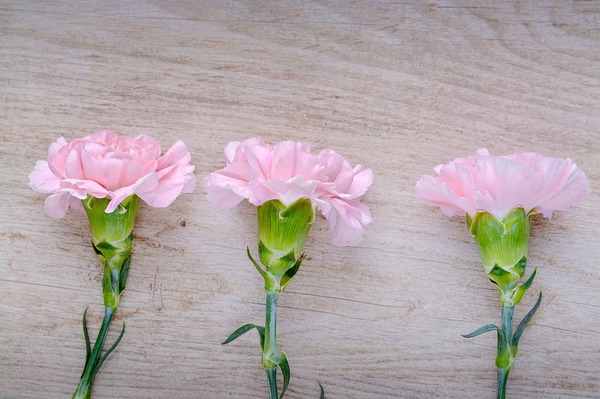By Jeremy Sollars
The new year promises to be a fulfilling one for the gardener – Free Times columnist BEATRICE HAWKINS gets into 2017 in the carnation spirit…
Happy New Year! Now I know we are well into January 2017 but as this is the first column for the year I thought it an appropriate way to begin and I hope it will be good to us all with good seasons and good health.
Also “Happy Birthday” to all born in January. Your birth flower is the beautiful carnation with the meaning of love, fascination and distinction but almost every colour has its own unique meaning in the language of flowers. White carnations, pure love and good luck; light red, admiration; deep red, deep love and affection; purple, capriciousness; yellow, disappointment and dejection; striped carnation, regret and refusal, and lastly pink, believed to be the original colour and by some to have appeared as a result of Mary’s tears at Jesus crucifixion, has the meaning of a mother’s undying love.
Gentlemen, it is also the flower to give on a first wedding anniversary.. something to remember!!
I love carnations and although I have never grown them, they were a favourite of my mother and I used to buy them for her whenever I had been away … in those days I had no idea of their significance.
They are a native of Eurasia and have been grown commercially in Australia since 1954 and although there are over 300 varieties there are only 50-60 commercially grown. One of the spectacular new varieties that can be seen in florists is “green trick dianthus barbatus” with golf ball sized flowers of brilliant green and was novelty flower of the year at the World Flower Show in Holland in 2008.
Carnations fall into three main categories; annuals, border and perpetual flowering. They are often referred to by their botanical name “dianthus” a combination of two Greek words giving them the meaning of “flowers of God’.
Some of them are nicely clove scented and they come as a large single flower per stem or sprays of large flowers per stem and dwarf sprays with several small flowers per stem and grow from ground cover all the way up to about 50cm. They are a perfect cut flower as they are one of the longest lasting when cut, up to three weeks in a vase.
They are easily grown from cuttings taken in late summer or autumn from non-flowering stems, potted up and planted out in spring into a good garden soil. They are also grown successfully from seed and plants purchased in punnets. As a child I remember carnations being a favourite flower to grow in new gardens near new cement paths, so I assume they like a bit of lime in the soil. At that time there were plenty of new homes in our area in the post war building boom so there were many new gardens that always included the beautiful “peace” rose and carnations.
They like an occasional feed of quality low nitrogen fertiliser, good drainage and not too much water as this will cause the leaves to yellow. With care some varieties will flower happily from spring right through until autumn.
During our spring garden competition in October 2016, I saw an amazing border of pink dianthus stretching for many metres around a garden. All these plants had all been divided over a period of three years from one plant. It just goes to show that gardening does not have to be an expensive pastime. Congratulations to the gardener for her green fingers and perseverance!
Some trivia for fun:
*The earliest gardens were purely practical and used for growing food and medicinal herbs. Decorative gardens began to appear about 1500 B.C. We have all heard of the famed “Hanging Gardens of Babylon”.
*In Rome in A.D. 30, under the orders from Emperor Tiberius, the first known green houses were built as he wanted to be able to eat a cucumber each day! The first green house in North America is purported to have been built by Andrew Fanueil in Boston in 1737.
*According to Sir Francis Bacon “gardens are the purest form of human pleasures”!
I am inclined to agree. A sign in mine where I sit to enjoy my early morning cuppa says: “time spent in my garden starts the day of right”.







